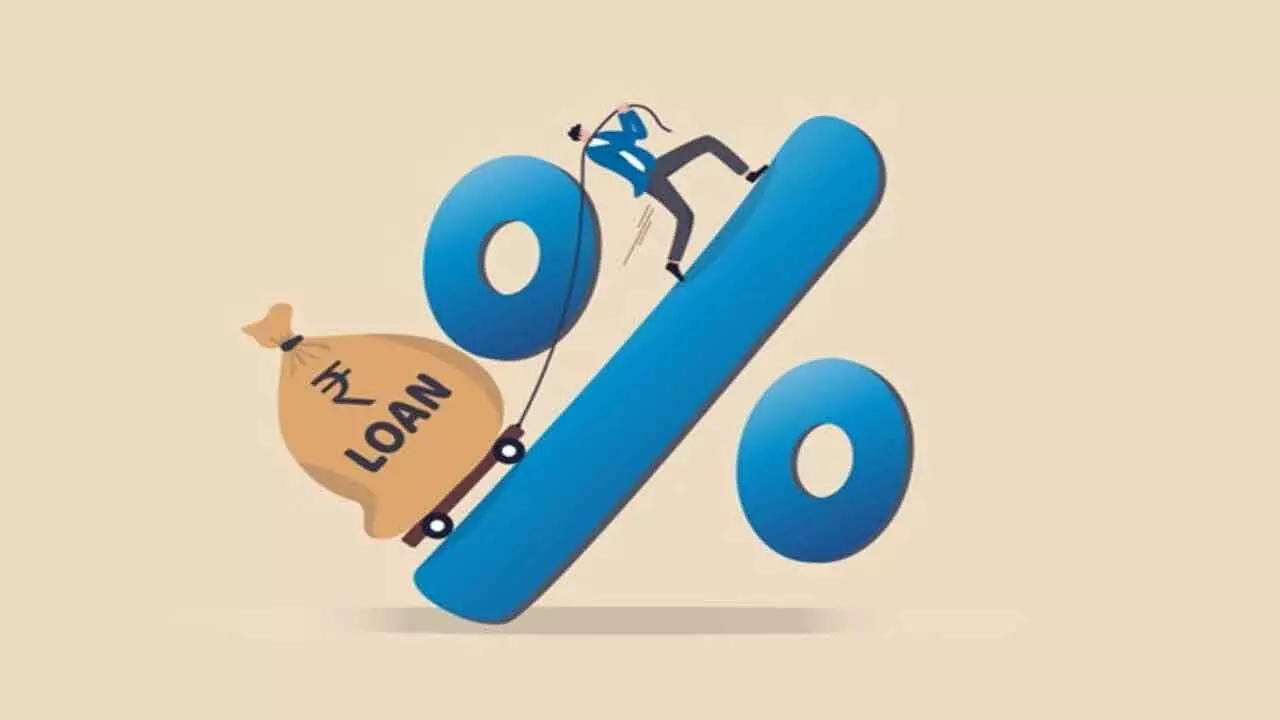Lending Rate Set For A Free Fall This Fiscal
Lending Rate Set For A Free Fall This Fiscal

In what may come as good news for all retail loan borrowers, banks have started reducing their lending rates immediately after the Reserve Bank of India (RBI) announced a repo rate cut by 25 basis points on April 9. Ironically, these are the very banks that had not responded to the repo rate cut in February, dangling the pretext of ‘liquidity deficit and high deposit rates’. A good augury now is that banks will continue to be on rate cut spree for the remaining part of the fiscal too, keeping pace with the likelihood of RBI’s plan to cut repo rate further by 50 basis points or so during the period. The central bank’s unanimous cut by 50 basis points in the last two Monetary Policy Committee meetings reflects its concern about the uncertain global environment, with the change in stance providing a directional easing bias going forward. Given the present global volatility and fluctuating economic cycles, the MPC chose not to frontload all its actions and thus kept its powder dry for rainier days.
The rate cut cycle will go beyond June and we could see the terminal rate at 5.25 per cent from the present six per cent, in this cycle. On the growth outlook, the Governor sounded neutral-to-positive on domestic growth traction, while explicitly referring to the ongoing trade/tariff uncertainty as one of the major downside risks to growth, with FY26 growth forecast reduced to 6.5 per cent from 6.7 per cent. Despite the 20bps revision to growth, Emkay believes that there would be material downward risk to the regulator’s growth forecast – to the tune of 50bps. On the inflation front, food inflation has moderated sharply. It is expected to stay subdued going forward with a strong rabi harvest, while expectations of a normal monsoon also set the stage for a durable softening in food inflation. As regards implications, they could stem from both, global financial market disruptions and real sector hit.
While the June 25bps cut is given, experts no longer rule out another 25-50bps cut thereon, which could take the terminal rate to 5.25 per cent in this cycle – no doubt contingent on the extent of the global slowdown/recession. Given the exacerbated uncertainties due to recent trade tariffs, RBI has reduced its real GDP growth projection for FY26 by 20 bps to 6.5 per cent. The outlook for inflation, as per Ecowrap, will be largely shaped by food inflation trajectory and fall in crude oil prices. Buoyancy in the rural economy, resilient services sector, governments’ efforts to spur household demand through tax incentives and healthy balance sheets of financial entities and corporates along with the easing of financing conditions are expected to give an impetus to growth. In all, the evolving situation globally warranted policy agility to address the emerging challenges. Today policy has scored on this count and accommodation at this stage does pave way for more aggressive policy response if required during FY26.

